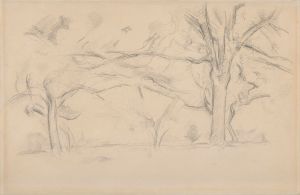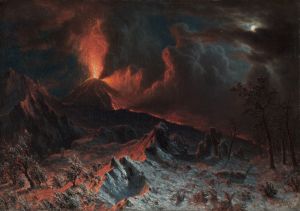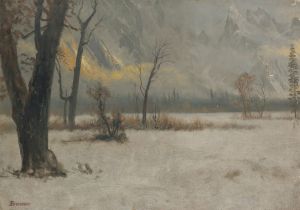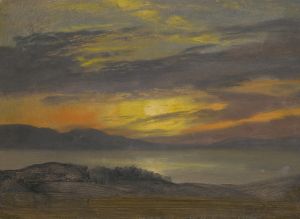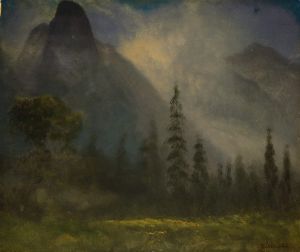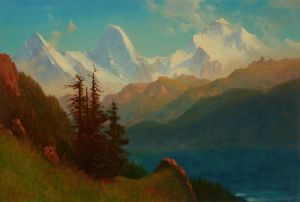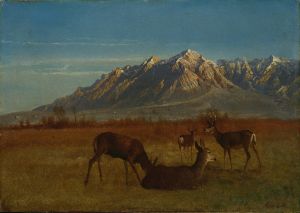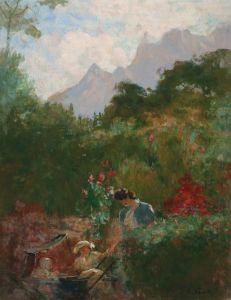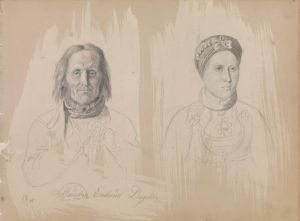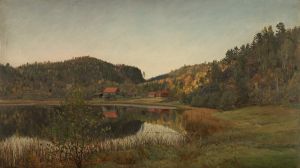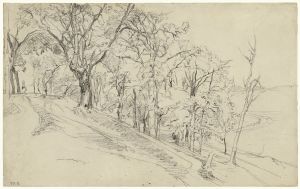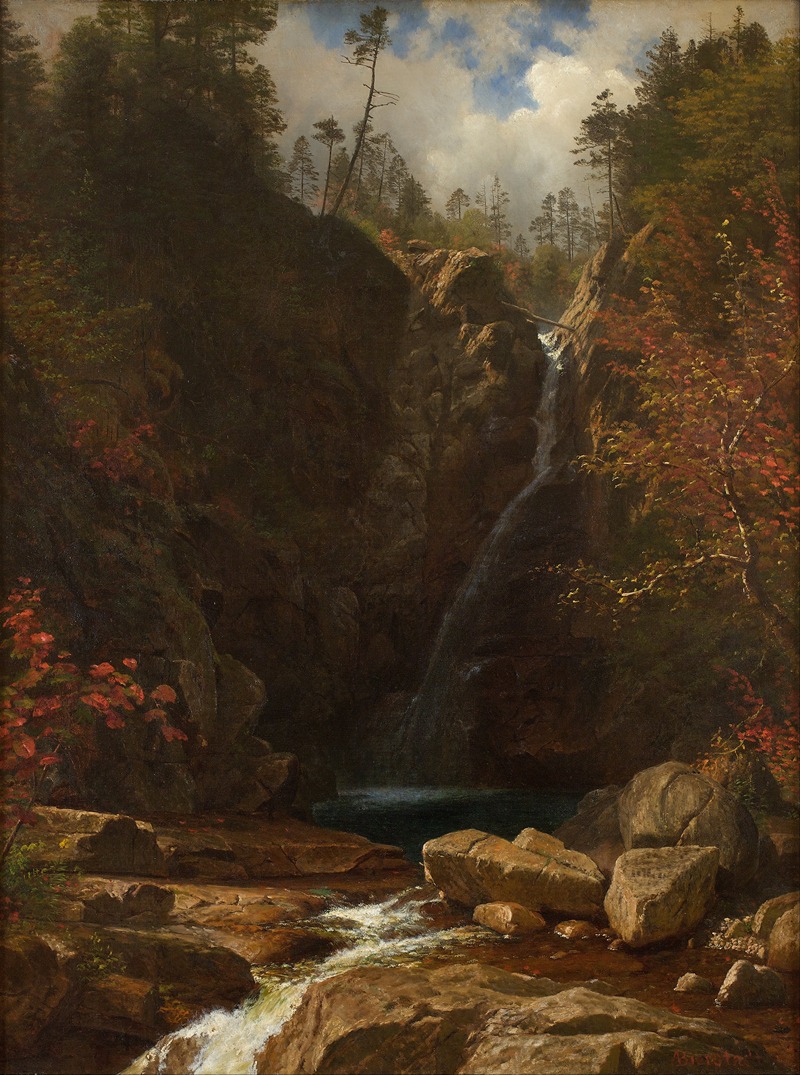
Glen Ellis Falls
A hand-painted replica of Albert Bierstadt’s masterpiece Glen Ellis Falls, meticulously crafted by professional artists to capture the true essence of the original. Each piece is created with museum-quality canvas and rare mineral pigments, carefully painted by experienced artists with delicate brushstrokes and rich, layered colors to perfectly recreate the texture of the original artwork. Unlike machine-printed reproductions, this hand-painted version brings the painting to life, infused with the artist’s emotions and skill in every stroke. Whether for personal collection or home decoration, it instantly elevates the artistic atmosphere of any space.
Albert Bierstadt, a prominent 19th-century American landscape painter, is best known for his grand and dramatic depictions of the American West. However, one of his lesser-known works, Glen Ellis Falls, showcases his ability to capture the beauty of the northeastern United States. This painting depicts Glen Ellis Falls, a picturesque waterfall located in Pinkham Notch, New Hampshire, within the White Mountains region. The falls are a popular natural landmark, celebrated for their 64-foot cascade and serene surroundings.
Bierstadt painted Glen Ellis Falls during a period when the White Mountains were a favored destination for artists of the Hudson River School, a movement that emphasized the sublime beauty of nature. While Bierstadt is more commonly associated with sweeping vistas of the Rocky Mountains and the western frontier, this work demonstrates his versatility and interest in diverse landscapes across the United States. The painting reflects his characteristic attention to detail, use of light, and ability to evoke a sense of awe and tranquility.
The exact date of the painting is not definitively documented, but it is believed to have been created during the mid-19th century, a time when Bierstadt was actively traveling and painting various regions of the country. His work often served as a visual celebration of America's natural beauty, aligning with the growing cultural and artistic interest in the nation's landscapes during this era.
In Glen Ellis Falls, Bierstadt captures the cascading water with remarkable precision, highlighting the interplay of light and shadow on the rocks and surrounding foliage. The painting exemplifies his skill in rendering natural elements with a sense of realism while also imbuing the scene with a romanticized quality. This approach was typical of Bierstadt's work, as he sought to inspire viewers with the majesty of the natural world.
Although Glen Ellis Falls is not as widely recognized as some of Bierstadt's larger and more dramatic works, it remains an important example of his artistic range and his ability to depict the beauty of less monumental, yet equally captivating, landscapes. The painting contributes to the broader legacy of the Hudson River School and its role in shaping 19th-century American art.
Today, Glen Ellis Falls continues to attract visitors and remains a cherished natural site in New Hampshire. Bierstadt's painting serves as a historical and artistic testament to the enduring appeal of this scenic location.







